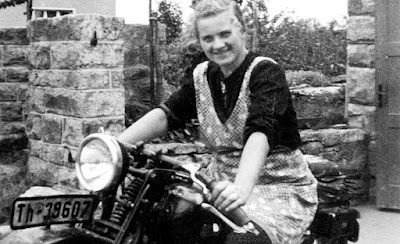Lord Macaulay's Speech on Indian Education: The Hoax & Some Truths
A friend has recently forwarded me a quote from Lord Macaulay's speech in the British Parliament on 2nd February 1835. I reproduce the quote below: "I have traveled across the length and breadth of India and I have not seen one person who is a beggar, who is a thief. Such wealth I have seen in this country, such high moral values, people of such calibre, that I do not think we would ever conquer this country, unless we break the very backbone of this nation, which is her spiritual and cultural heritage, and, therefore, I propose that we replace her old and ancient education system, her culture, for if the Indians think that all that is foreign and English is good and greater than their own, they will lose their self-esteem, their native self-culture and they will become what we want them, a truly dominated nation." The email requested me to forward me to every indian I know. I was tempted, but there were two oddities about this quote. First, the language, which ...


Comments